Bulgaria travel tips
Bulgaria travel tips: In Southeast Europe, boasts diverse landscapes, rich history, and vibrant culture with a mix of ancient traditions and modern influences.
Regions 🌎
Bulgaria travel tips. Here is a list of all the regions of the Bulgaria.

Blagoevgrad

Burgas

Dobrich

Gabrovo

Haskovo

Kardzhali

Kyustendil

Lovech

Montana

Pazardzhik

Pernik

Pleven
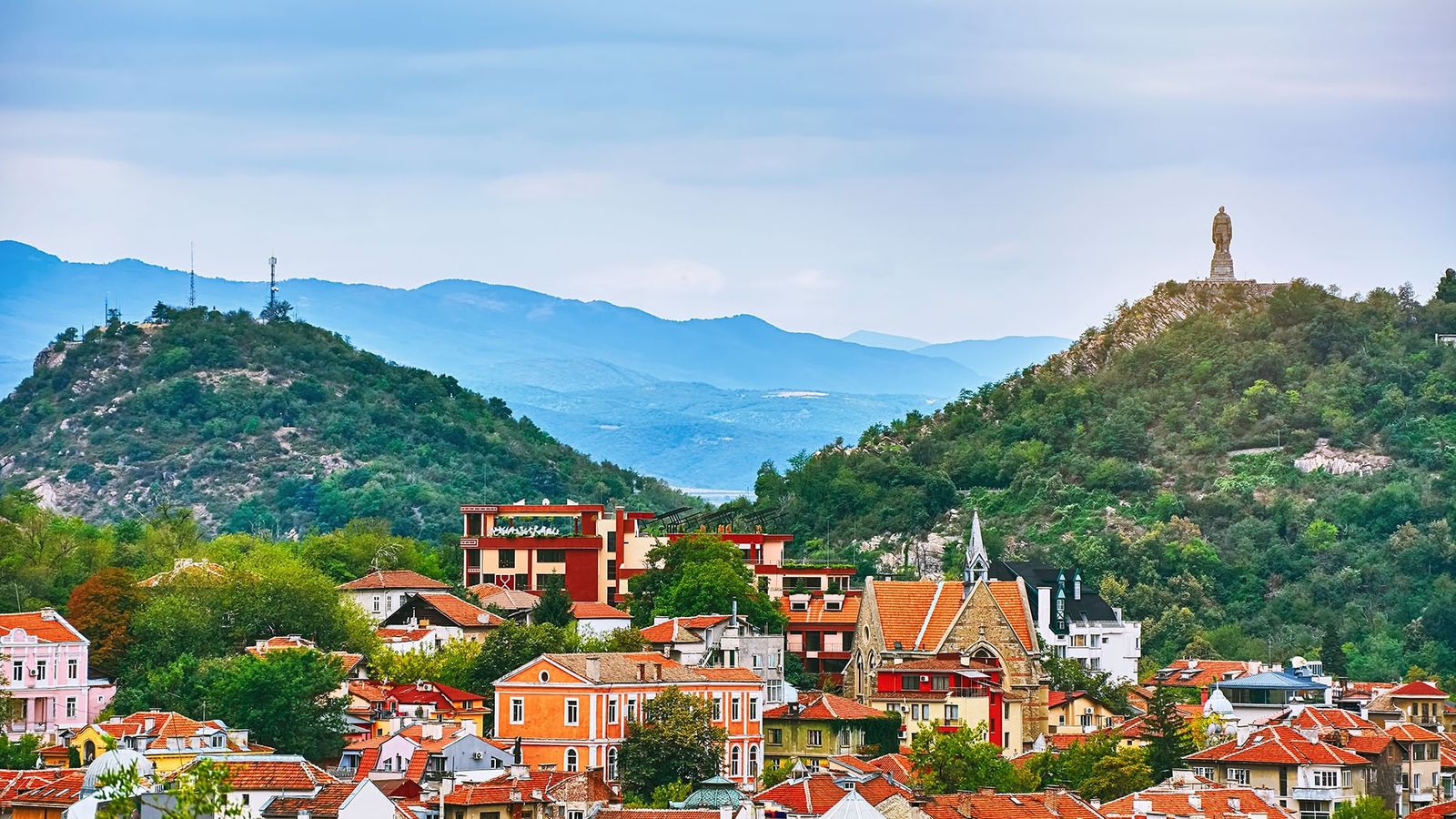
Plovdiv

Razgrad

Ruse
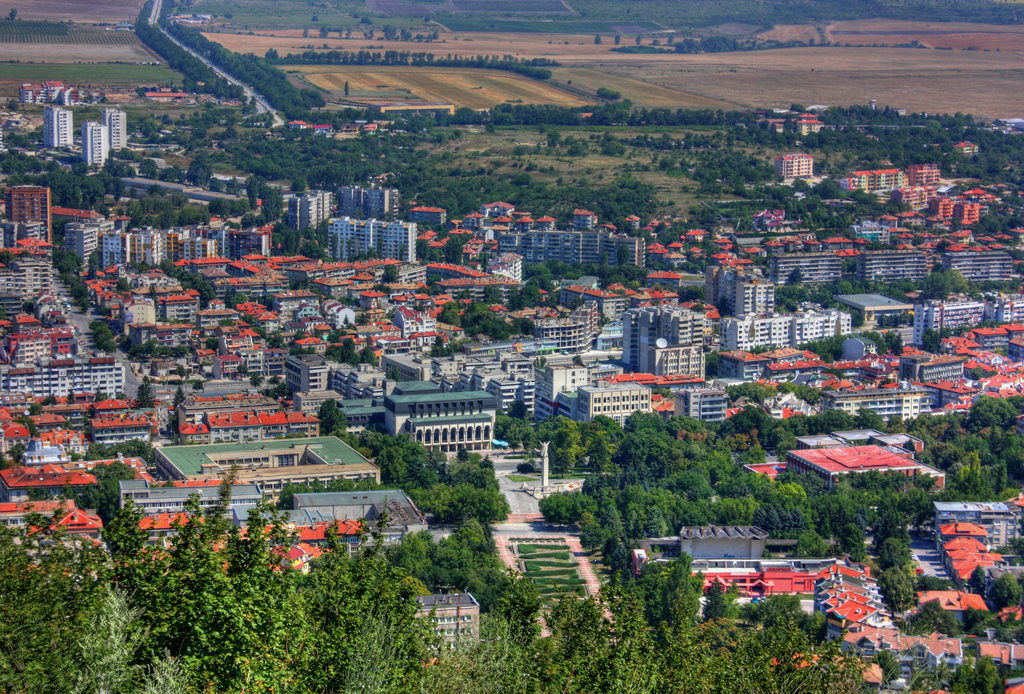
Shumen
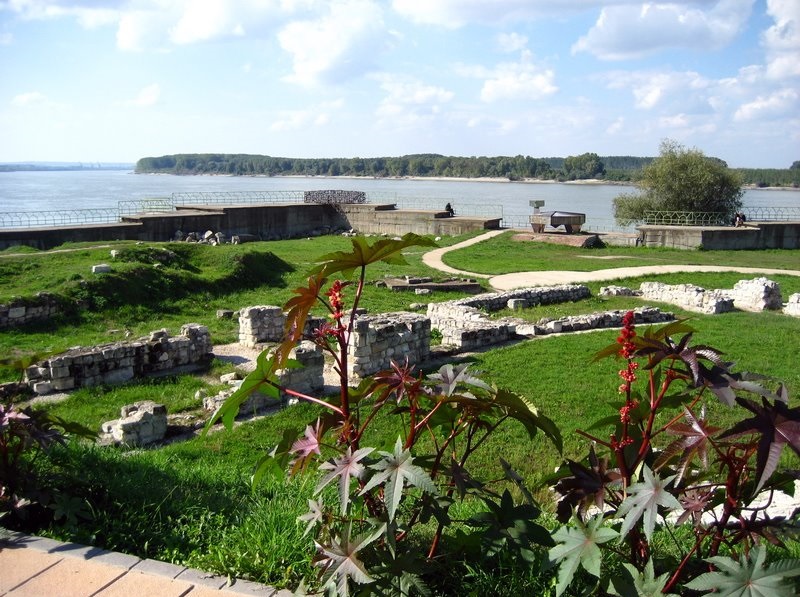
Silistra

Sliven

Smolyan
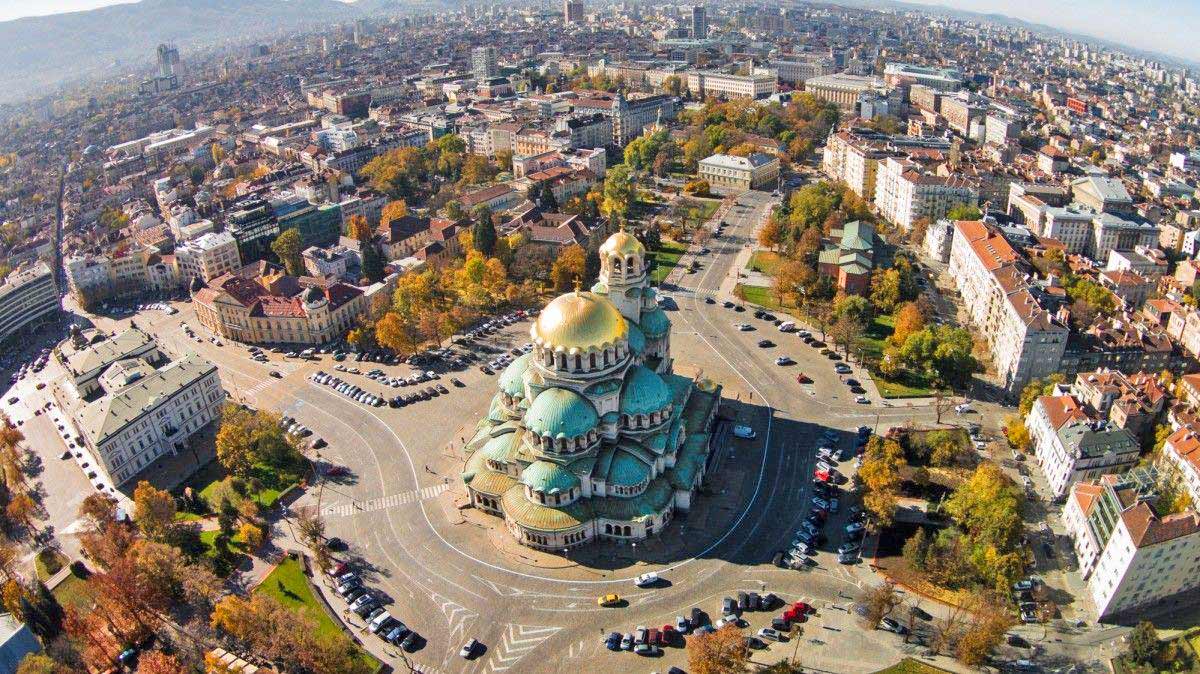
Sofia

Sofia City

Stara Zagora

Targovishte

Varna

Veliko Tarnovo

Vidin

Vratsa
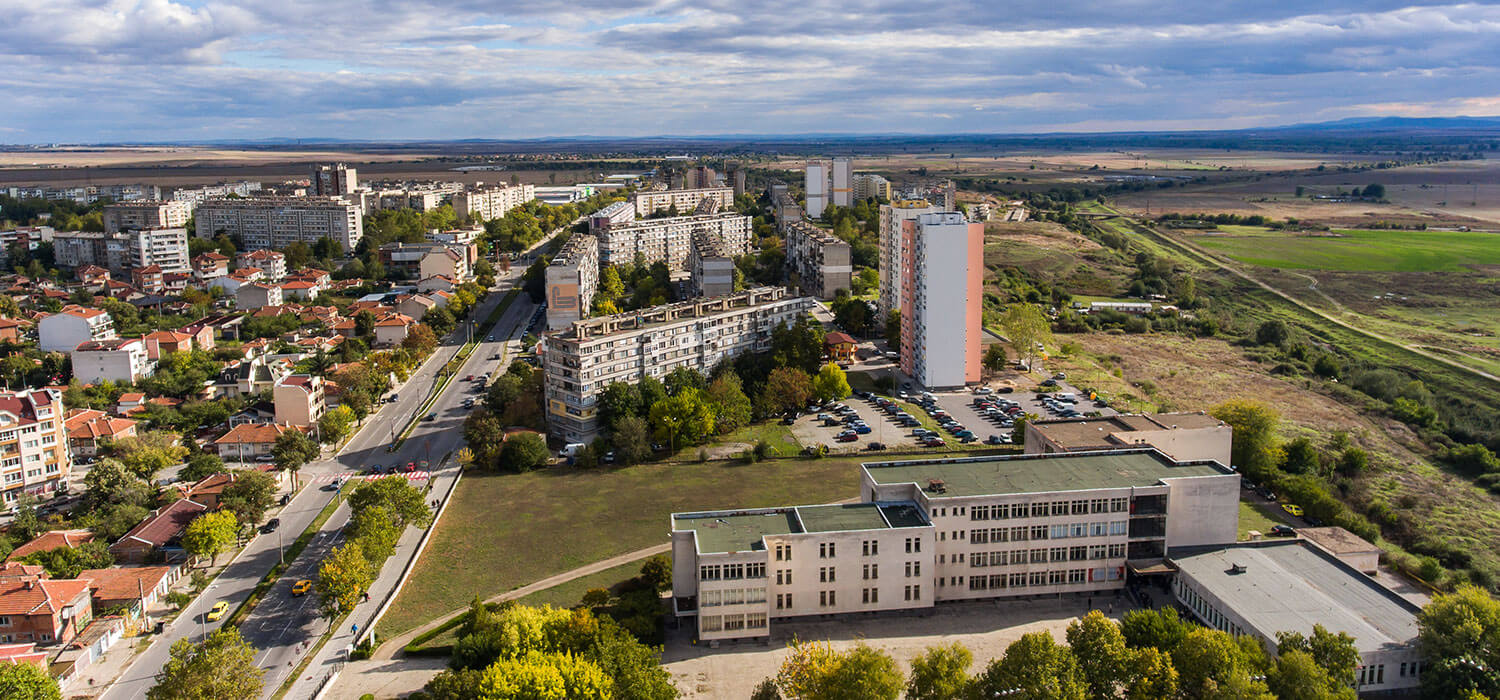
Yambol
Before you go 🛩
Important information you should know before your trip
Info

Capital | Sofia
Flag Codes:
ISO alpha-2 BG,
ISO alpha-3 BGR
Currency
Badge | Bulgarian Lev
CODE | BGN
NUMBER | 975
SYMBOL | лв
FRACTION | stotinka
Mobile Coverage
Dialing Code | +359
SIM Card
Coverage | 3G / 4G / 5G |
Mobile Networks | A1 Mobile | Bulsatcom Mobile | Ti.com | Vivacom Mobile | Yettel Mobile |

Location
Bulgaria is situated in Southeast Europe on the eastern Balkan Peninsula, bordered by Romania to the north, Serbia and North Macedonia to the west, Greece to the south, and Turkey to the southeast. It also has a coastline along the Black Sea to the east.
The capital and largest city of Bulgaria is Sofia, which is situated in the western part of the country. Bulgaria has a diverse landscape that includes mountains, plains, and coastline. The Balkan Mountains run through the central part of the country, dividing it into northern and southern regions. The country’s Black Sea coast is known for its beautiful beaches and resorts, while the interior features fertile plains and picturesque valleys.
Currency
The currency of Bulgaria is the Bulgarian Lev (BGN).
Languages
The official language of Bulgaria is Bulgarian.
In addition to Bulgarian, other languages are also spoken in Bulgaria, such as Turkish, Romani and Armenian. English, French and German are also common in the tourism and business industry.
Climate 🌡
Bulgaria has a diverse climate due to its geographical location, with a mix of Mediterranean, continental, and maritime influences. The country’s climate can be broadly classified into four main regions:
Continental Climate: Inland areas of Bulgaria, particularly in the northern and central parts, experience a continental climate. This means hot summers and cold winters with distinct seasonal variations. Temperatures in summer can reach 25-30°C (77-86°F) or even higher, while in winter, they can drop well below freezing, with average temperatures between -5°C to 5°C (23°F to 41°F). Snowfall is common in the winter months, especially in the higher elevations.
Mediterranean Climate: The Black Sea coast of Bulgaria, including cities like Varna and Burgas, experiences a milder Mediterranean climate. Summers are warm and dry, with average temperatures ranging from 25-30°C (77-86°F). Winters are relatively mild compared to inland areas, with average temperatures around 5-10°C (41-50°F). Rainfall is more evenly distributed throughout the year compared to the inland regions.
Transitional Climate: The regions in between the coastal and inland areas, such as the Thracian Plain, have a transitional climate. They experience characteristics of both continental and Mediterranean climates, with milder winters than the inland areas and warmer summers than the coastal regions.
Mountain Climate: Bulgaria’s mountainous regions, such as the Balkan Mountains and Rila Mountains, have a mountain climate. Summers are cooler at higher altitudes, while winters can be very cold, with heavy snowfall. The mountainous areas offer excellent conditions for winter sports and are popular destinations for skiing and snowboarding.
Bulgaria travel tips
If you’re planning a trip to Bulgaria, here are some travel tips to enhance your experience:
Black Sea Coast:
Enjoy the beaches and resorts along Bulgaria’s Black Sea coast, such as Sunny Beach and Golden Sands.
Sofia, the Capital:
Discover the capital city, Sofia, known for its blend of Roman, Ottoman, and Soviet influences. Visit iconic sites like Alexander Nevsky Cathedral.
Historic Sites:
Explore Bulgaria’s rich history by visiting landmarks like the ancient city of Plovdiv and the UNESCO-listed Rila Monastery.
Local Cuisine:
Indulge in Bulgarian cuisine with dishes like banitsa, kavarma, and Shopska salad. Try the traditional yogurt and Bulgarian wine.
Transportation:
Utilize an extensive bus and train network for cost-effective travel between cities. Taxis and car rentals are also readily available. View Guide.
Cultural Etiquette:
Respect local customs and traditions. Greetings are often warm, and it’s customary to shake hands.
Health Precautions:
Ensure you have travel insurance, and be aware of healthcare facilities in the areas you plan to visit. Carry necessary medications.
Enjoy your time in Bulgaria!

The best of the best
Bulgarian cuisine is known for its rich flavors, fresh ingredients, and diverse dishes influenced by its history and geographical location.

Shopska Salad
A refreshing and colorful salad made with tomatoes, cucumbers, bell peppers, onions, and topped with Bulgarian white cheese (sirene).

Banitsa
A popular pastry made of layers of filo dough filled with a mixture of eggs, yogurt, and Bulgarian white cheese.

Kebapche and Kyufte
Grilled sausages (kebapche) and meatballs (kyufte) made from seasoned minced meat (often a mixture of beef and pork) are common street foods and popular in restaurants.
Here are some typical foods of Bulgaria:
Tarator: A cold cucumber soup made with yogurt, cucumbers, garlic, dill, and walnuts. It is particularly refreshing during hot summer days.
Sarmi: Stuffed cabbage leaves filled with a mixture of rice, minced meat, and spices, usually cooked in a tomato-based sauce.
Kavarma: A hearty dish consisting of slow-cooked meat (often pork or chicken) with onions, tomatoes, peppers, and a blend of spices.
Lyutenitsa: A popular Bulgarian spread made from roasted peppers, tomatoes, carrots, and spices. It is often enjoyed on bread or as an accompaniment to grilled meats.
Patatnik: A traditional potato dish made from grated potatoes, onions, and spices, baked to a crispy texture.
Meshana Skara: A mixed grill platter featuring a variety of grilled meats like kebapche, kyufte, and meats like pork, chicken, or lamb.
Tikvenik: A sweet pastry filled with grated pumpkin, walnuts, sugar, and cinnamon. It’s a popular dessert, especially during the pumpkin season.
Rakia: A traditional Bulgarian brandy made from fermented fruit, such as plums or grapes. It is often consumed as an aperitif or with meals.
Bulgarian cuisine is hearty and flavorful, reflecting the country’s agricultural traditions and the use of fresh, local ingredients.
Transportation 🚥
More information about this country
Choose your destination 📍🗺
Useful Links ✅



